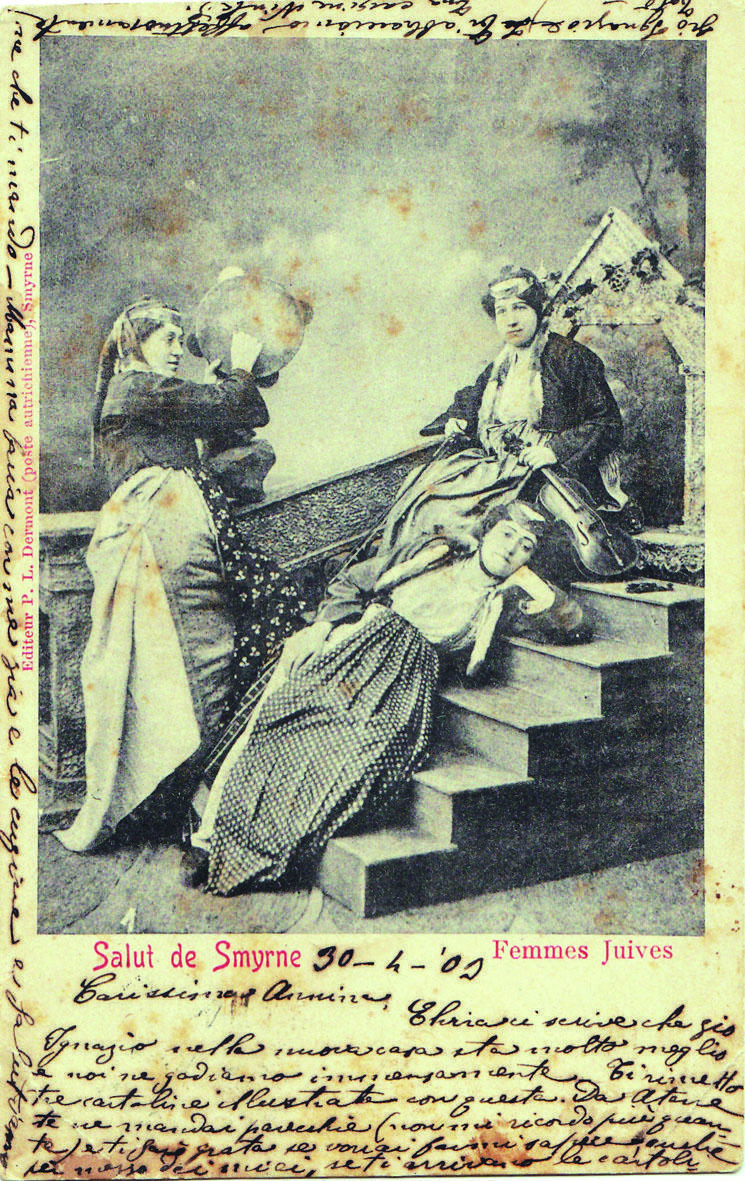Postcards reflect Istanbul’s multi-cultural past
ISTANBUL


Seyhun Binzet recently exhibited some of his collection at Schneidertempel Art Center.
Istanbul has always been a metropolis where different religious and ethnic communities live together, and this unique diversity is clearly reflected in the postcards of Seyhun Binzet, whose collection spans over half a century.Binzet, a chemical engineer and a keen postcard collector, has a stock of over 10,000 postcards that he has collected since 1969. “Wherever I went, both in Turkey and abroad, I tried hard to find Ottoman postcards,” he told Anadolu Agency.
“I began keeping them as a hobby, now I have 12,000 cards that I keep at home, and I still remember those days when I went to look for postcards,” he said.
Binzet exhibited some of his collection at Schneidertempel Art Center, located in the historic Istanbul district of Galata, with the theme “Ottomans@postcards.” The art center itself, which was previously a synagogue, embodies the historic diversity of the city.


Pointing to one of his favorite postcards, Binzet tells the story in the picture. “Here you can see the Ottoman soldiers who are setting out to go to war. The army is so mixed that it has an imam, a priest, and a rabbi who are motivating the soldiers and praying for them. The frame says a lot about the Ottomans and it’s not easy to find a picture like this anywhere in the world,” he said.
Communication by postcards dates back to the 19th century. Intended to be written and sent without an envelope, postcards rapidly found popularity around the world. They were both convenient for the sender and the postal services responsible for their handling, and also helped state institutions’ inspect the content of communication between people.
‘All letters faced censorship’
Binzet thinks the reason behind the common usage of postcards was the censorship practiced during those days. “As almost all the letters faced censorship and people felt uneasy about sending and receiving them, they used postcards instead,” he said.
The period between 1880-1920 is widely considered to be the “golden age” of postcards that established their popular presence across the world. “After an incident took place, for example, people took photographs, they published them, and later sent them to each other placing a message on its reverse side. In this way, the news of an event spread across the world,” Binzet said.
With the beginning of World War I, the use of postcards entered a period of regression. Paper and printing qualities deteriorated, producers of postcards, publishers, sellers, and users all diminished in power and population. Of course, new technologies have now almost completely eclipsed postcards.
“Today, sending a postcard found its place via Facebook and Twitter. In quite a similar way, people now send each other pictures also adding stories related to the pictures, the only difference is that it is conducted digitally,” Binzet said.
